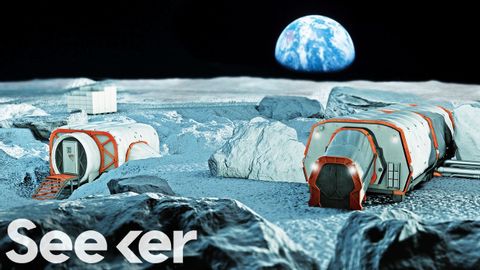
Subtitles & vocabulary
How Close Are We to Building a Moon Base?
00
林宜悉 posted on 2020/03/25Save
Video vocabulary
stuff
US /stʌf/
・
UK /stʌf/
- Uncountable Noun
- Generic description for things, materials, objects
- Transitive Verb
- To push material inside something, with force
B1
More obvious
US /ˈɑbviəs/
・
UK /ˈɒbviəs/
- Adjective
- Easily understood and clear; plain to see
- Easy to see or notice.
A2TOEIC
More aspect
US /ˈæspɛkt/
・
UK /'æspekt/
- Noun (Countable/Uncountable)
- Way something looks or seems to be
- An element, feature, or quality of something
A2TOEIC
More completely
US /kəmˈpliːtli/
・
UK /kəmˈpli:tli/
- Adverb
- In every way or as much as possible
- To the greatest extent; thoroughly.
A1
More Use Energy
Unlock All Vocabulary
Unlock pronunciation, explanations, and filters
